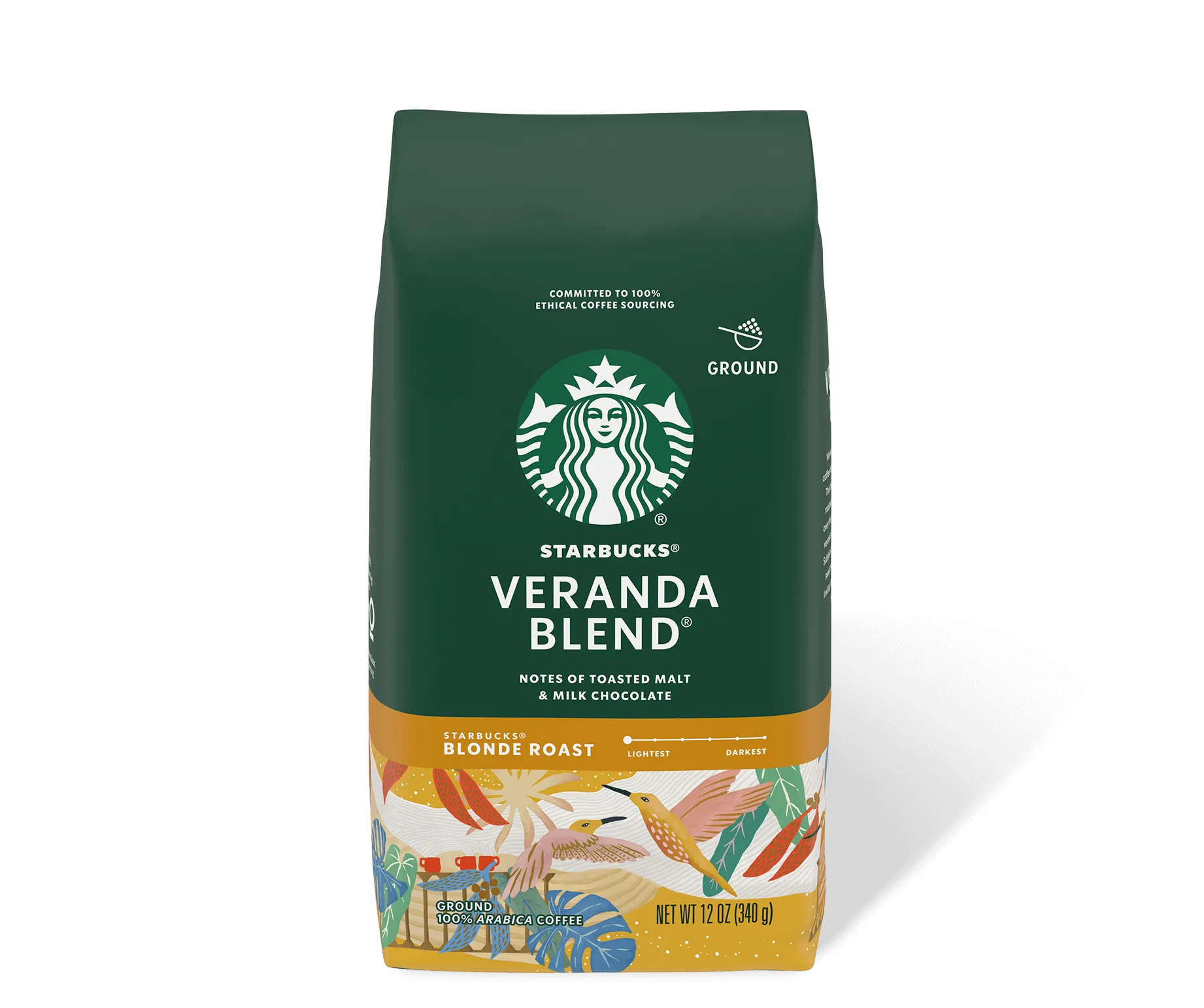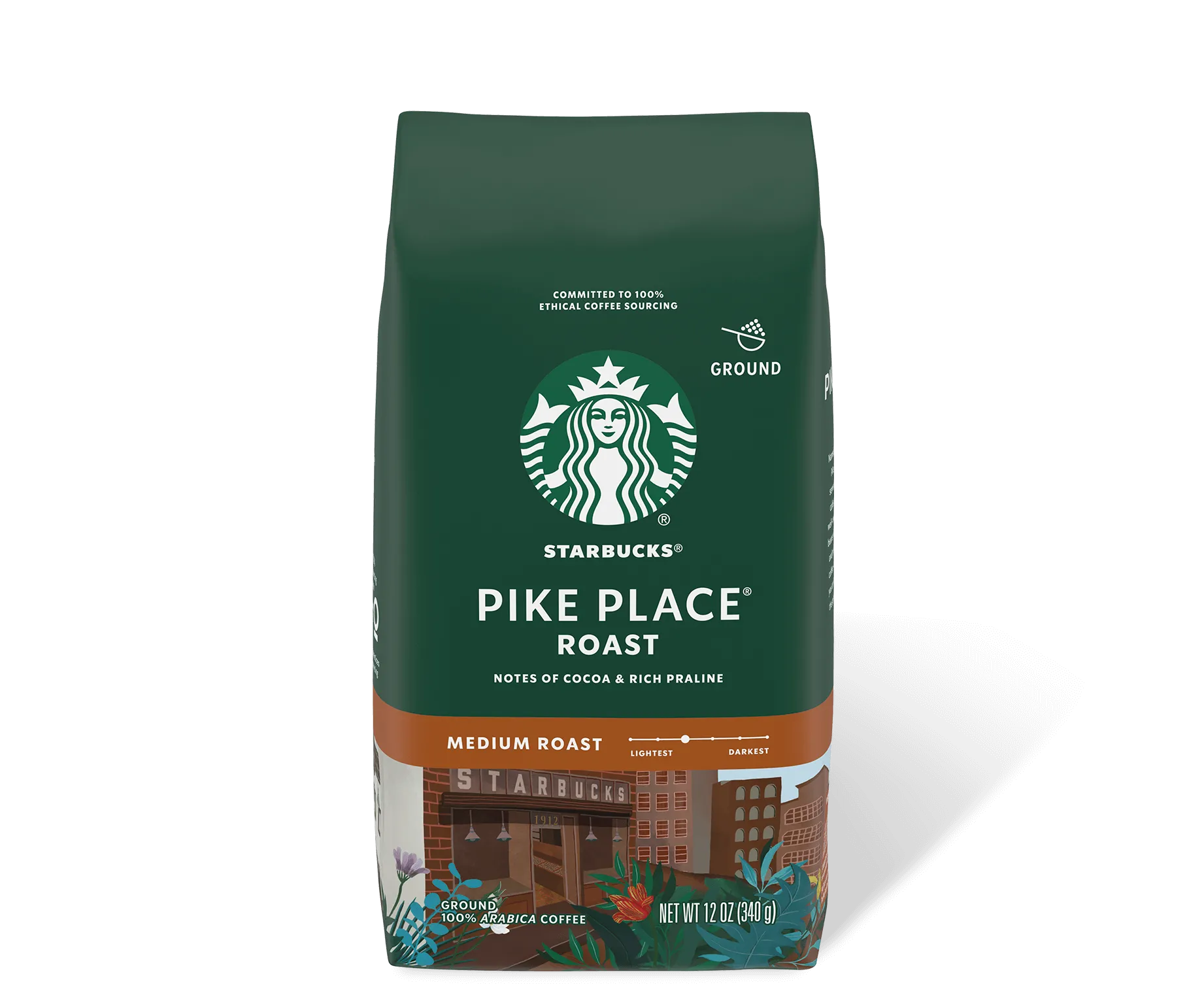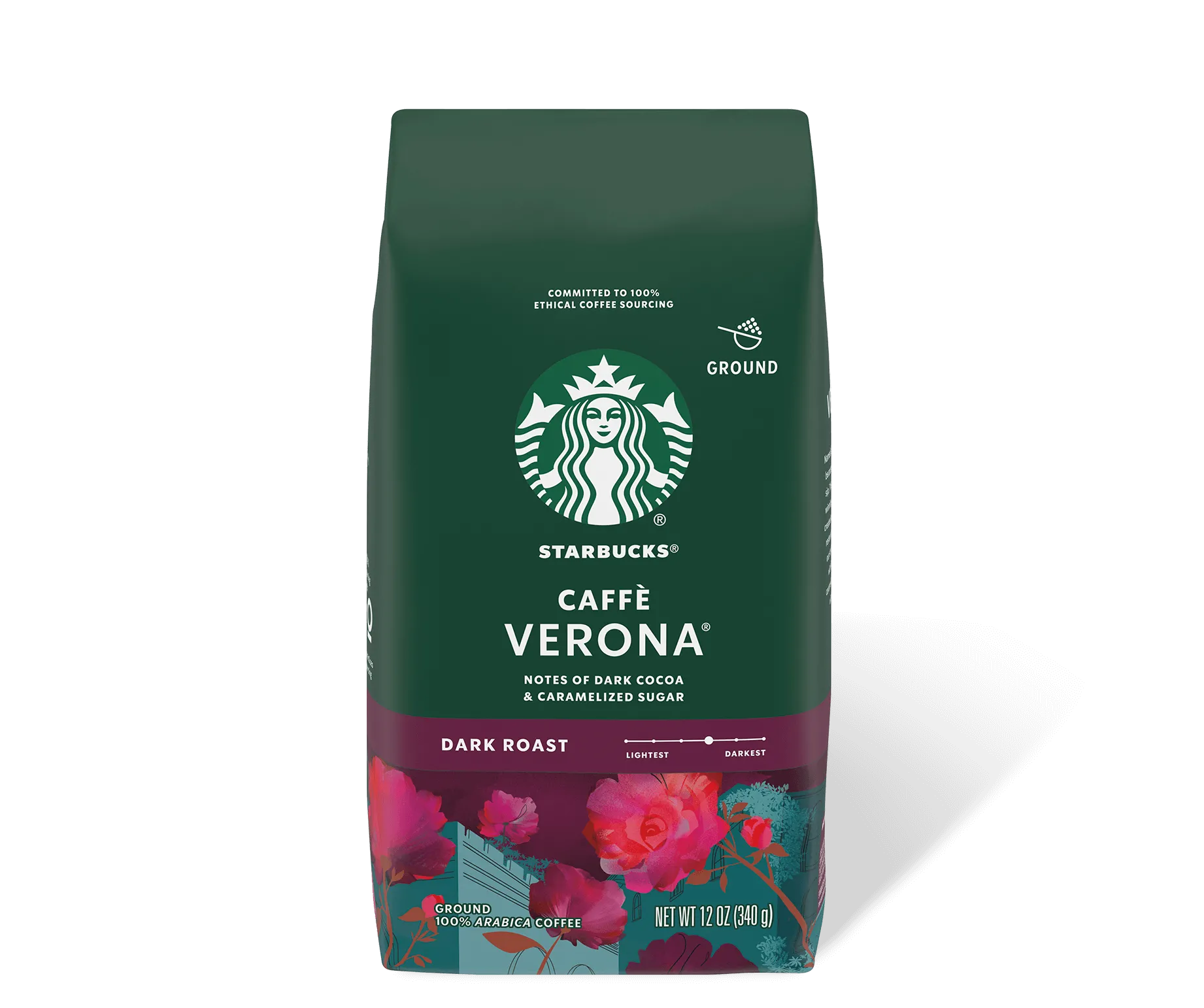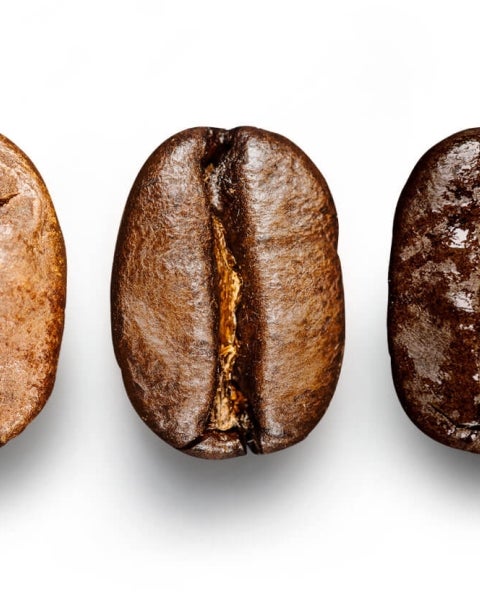Nestlé uses Starbucks trademarks under license. Keurig and K-Cup are trademarks of Keurig Green Mountain, Inc., used with permission. Pike Place is a trademark of The Pike Place Market PDA, used under license. NESPRESSO® is a registered trademark of Société des Produits Nestlé S.A. All other trademarks are the property of their respective owners.
SUMMARY
What is a coffee tasting? Much like wine tasting, coffee tasting is about the simple joy of expanding your palate by exploring new flavors. Hosting your own coffee tasting party with friends is an excellent way to try something different, refine your tastes and maybe even discover your new favorite blend.
The Supplies
To host a coffee tasting experience at home, you’ll need:
• Three to four coffees. We recommend:
• Starbucks® Veranda Blend®
• Starbucks® Pike Place® Roast
• Starbucks® Caffè Verona®
• Coffee grinder
• Kitchen scale
• Timer
• Cupping bowls or medium bowls (between 5½ –6½ fl oz)
• Cupping spoons
• Electric kettle
• Glasses for water (to clear your palate)
• Receptacle (to collect used coffee grounds)
The Tasting Characteristics
All coffees can be differentiated based on four key characteristics: aroma, acidity, body and flavor. You might not be able to differentiate all of these right away, but soon enough you’ll be tasting (and sounding) like a pro.
AROMA
The way a coffee smells. Sometimes subtle, aromas can be earthy, spicy, floral, nutty, etc., and are directly related to the coffee’s flavor.
ACIDITY
The palate-cleansing sensation you’ll feel on the sides and tip of your tongue. High-acidity coffees are described as lively, tangy and crisp.
BODY
The weight of a coffee on your tongue, described as light, medium or full. Light-bodied coffees feel lighter on the tongue and have a clean finish. Full-bodied coffees feel heavier and have lingering flavors.
FLAVOR
The way a coffee tastes. Sometimes obvious, sometimes subtle, flavors can vary greatly between coffees—from citrus to cocoa to berry, to name a few—and register in different parts of your mouth.
MAY WE SUGGEST:
As you learn to taste and compare coffees, start by focusing on one tasting characteristic. What stands out most of these four tasting characteristics?
The Preparation Process
At this point, you’re likely more than ready to get to the coffee. Before your tasting begins, just remember that this is about enjoying the process, savoring the experience, and stopping to smell (and taste) the coffee along the way.
STEP 1 - GRIND
If your coffee is whole bean, grind out 2 heaping teaspoons (9 grams or approximately ⅓ of an ounce) of each blend per person. Pour each coffee into its own bowl and use this opportunity to assess the dry smell of each coffee.
STEP 2 - HEAT
Heat your water up to 200°F, then pour ⅔ cup (150 grams or about 5 ounces) of hot water into each bowl and start your timer.
STEP 3 - SCOOP
After 4 minutes, break the crust, which is a layer of grounds that collects at the top of each bowl, with a spoon. Scoop the crust, foam and any remaining coffee grounds into the spent grounds bowl. Wait 15 minutes for the coffee to cool, and then you’re ready to begin your tasting.
Thoughtful Touches
To cap off your coffee tasting event, consider putting some milk and sugar out on the table so your tasters can see how it changes the body and flavor notes of the coffee.
The Tasting Steps
Now that you know what to look for and how to describe it, it’s time to actually taste your coffee. This is where it all comes together, enabling you to distinguish the individual taste of each coffee by comparing aroma, acidity, body and flavor.
STEP 4 - SMELL
Always smell a coffee before you taste it. Inhale deeply. Your mouth can distinguish five tastes—sweet, salty, bitter, sour and umami—but your nose can differentiate an incredible one trillion different aromas.
STEP 5 - SLURP
While a good, noisy slurp may not be the first instinct at a party, it’s actually perfect for allowing the coffee to spray across your tongue and palate, letting you taste all the subtleties.
STEP 6 - LOCATE
Think about how the coffee feels in your mouth. What is its weight or thickness? Where on your tongue do you experience the flavors?
STEP 7 - DESCRIBE
What words would you use to describe your tasting experience? The aroma, the flavors, how the coffee feels in your mouth. Do you detect much acidity in the coffee? What other flavors might you use for comparison?

RECOMMENDED COFFEE
Starbucks® Veranda Blend®
Our light roasted coffee with notes of toasted malt and milk chocolate.

RECOMMENDED COFFEE
Pike Place® Roast
A smooth, well-rounded blend of Latin American coffees with subtle notes of cocoa and rich praline, it's perfect for every day.

RECOMMENDED COFFEE
Caffè Verona®
Well-balanced and full-bodied, Caffè Verona® is a storied dark roast with notes of dark cocoa and caramelized sugar.




